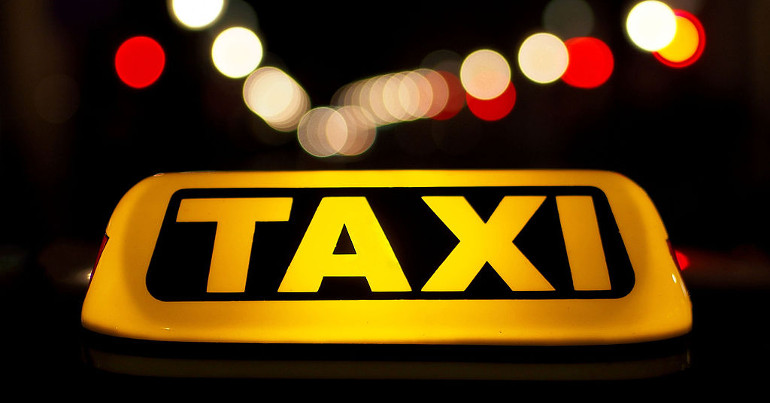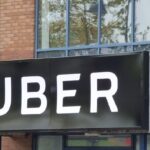Why the country needs locally owned taxi cooperatives

Every day taxis go to and from popular destinations like airports and train stations. Often at least one of these journeys is empty. At the same time as an empty journey is taking place, there is likely a similar journey happening at the same time, in the same direction, that is not empty.
Effectively this means that two journeys are taking place when only one is necessary. Resources are wasted. And, when the driver is returning to their starting location, the marginal cost (variable cost of providing one journey – fuel/labour) of a journey is higher than it needs to be.
One reason Uber is able to make higher profits per journey is because it provides journeys at a lower marginal cost than the competition. They do this by allocating journeys efficiently through a system of connected vehicles and customers. Drivers therefore spend less time empty.
When, not if, driverless vehicles arrive, Uber will be one of the first companies to exploit this technology. Labour cost will be eradicated and as these vehicles will also be electric, the marginal cost of a journey will soon be incredibly low.
Uber has access to the funding necessary to move quickly than smaller scale firms on driverless vehicles. And with limited ride-hailing alternatives, they could easily undercut the remaining small-scale competition with price cuts lower than their own reduction in marginal costs. This would therefore give them an increased profit margin.
Whatever ownership model is pursued by Uber – be it partnerships with car makers like Tesla (which I believe the most likely) or finance provision to existing Uber drivers (which would likely be unaffordable), Uber’s ability to undercut, increase market share and therefore increase profit is inevitably improved.
The impact
From a passenger’s perspective, it will inevitably be cheaper to book a vehicle for your journey rather than owning a vehicle yourself. So, demand for Uber-like services will only increase. So this is a good thing, right? Wrong.
This would quite rapidly put local firms and drivers out of business, leading to a dramatic shift in the distribution of income from relatively dispersed to concentrated. Local economies up and down the country will be dealt a double blow of the loss of income (and purchasing power) of former drivers, and loss of income (profit) of business owners. Tax revenues will subsequently fall. And more people will be reliant on government support for income.
What is the result? Overall, the combined reduction in price for customers is outweighed by the increase in profit sucked out of the local economy. This money will instead fall into the hands of a small number of already wealthy investors, who will hold capital offshore, rather than putting it to work in the local economies where services are provided.
How to stop it
Locally owned and run alternatives are therefore essential to ensure that income is retained in the locality in which the services are provided.
Ownership of the platform should be either dispersed among those currently providing vehicles or services (driving) or even better community/user owned (i.e. a Cooperative). Prices should reflect the costs of running the service and future investment requirements only.
Inevitably, driverless cars will result in loss of livelihood for drivers. But this could provide an overall benefit to the environment and people so long as the reductions in marginal costs are passed on in full to users.
In December 2017 the New Economics Foundation successfully crowdfunded a project called FairCab, with the aim of competing with Uber in London. It was based on successful projects elsewhere in the world like RideAustin (Texas) and VTC Cab (Paris), which both operate on a non-profit basis.
Right now, local councils up and down the country should be drawing up plans to encourage and support such initiatives in getting off the ground before the power shift occurs. And you should be telling your local councilors to be doing just that.




Leave a Reply